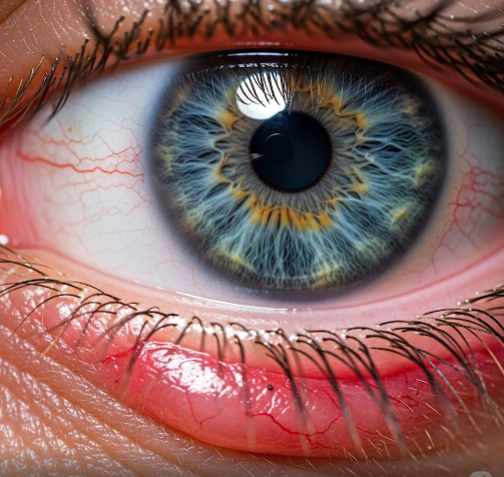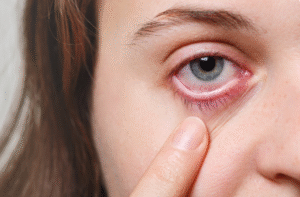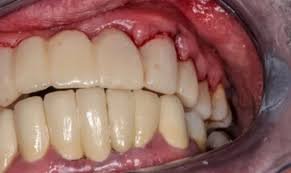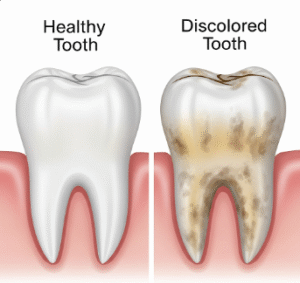Overview
Keratoconjunctivitis is an inflammatory condition affecting both the cornea (keratitis) and the conjunctiva (conjunctivitis) of the eye. It results in redness, irritation, and discomfort, potentially impairing vision if left untreated. This condition can arise from infections, allergies, or environmental factors. Korea’s advanced ophthalmology centers offer comprehensive diagnostic and treatment services to manage keratoconjunctivitis effectively and prevent complications.
What Is Keratoconjunctivitis?
Keratoconjunctivitis refers to simultaneous inflammation of the cornea and conjunctiva. The condition can be infectious (caused by bacteria, viruses, fungi) or non-infectious (due to allergies, dry eyes, or irritants). Common types include viral keratoconjunctivitis, allergic keratoconjunctivitis, and the more severe form called keratoconjunctivitis sicca (dry eye syndrome).
Symptoms
- Redness and swelling of the eye
- Eye pain or discomfort
- Excessive tearing or watery eyes
- Itching and burning sensation
- Blurred or decreased vision in severe cases
- Sensitivity to light (photophobia)
- Foreign body sensation or gritty feeling
Causes
- Infectious agents such as adenovirus, herpes simplex virus, bacteria
- Allergic reactions to pollen, dust, or chemicals
- Dry eye syndrome leading to inflammation of the cornea and conjunctiva
- Exposure to irritants like smoke, chlorine, or wind
- Contact lens-related irritation or infection
Risk Factors
- Contact lens use, especially improper hygiene
- Allergic conditions such as hay fever or atopic dermatitis
- Exposure to environmental pollutants or irritants
- Immunocompromised states
- History of previous eye infections or trauma
Complications
- Corneal ulcers and scarring
- Chronic dry eye with discomfort and vision impairment
- Secondary bacterial infections
- Decreased vision if inflammation affects the cornea extensively
Prevention
- Maintain good eye hygiene and avoid touching eyes with dirty hands
- Proper care and cleaning of contact lenses
- Avoid known allergens and irritants
- Use protective eyewear in dusty or chemical environments
- Seek early treatment for eye irritation or infections
Treatment Options in Korea
- Antiviral, Antibiotic, or Antifungal Medications: Based on infection type for infectious keratoconjunctivitis.
- Anti-Allergic Medications: Eye drops and oral antihistamines for allergic keratoconjunctivitis.
- Lubricating Eye Drops: Artificial tears to relieve dryness and soothe inflammation.
- Steroid Eye Drops: Carefully prescribed to reduce severe inflammation.
- Advanced Diagnostics: Comprehensive eye exams, lab tests, and imaging to determine cause.
- Patient Education: Korean ophthalmologists emphasize tailored advice on eye care and allergen avoidance.
Korean eye clinics combine expert care with modern technology to ensure effective resolution of keratoconjunctivitis with minimal risk of long-term complications.













